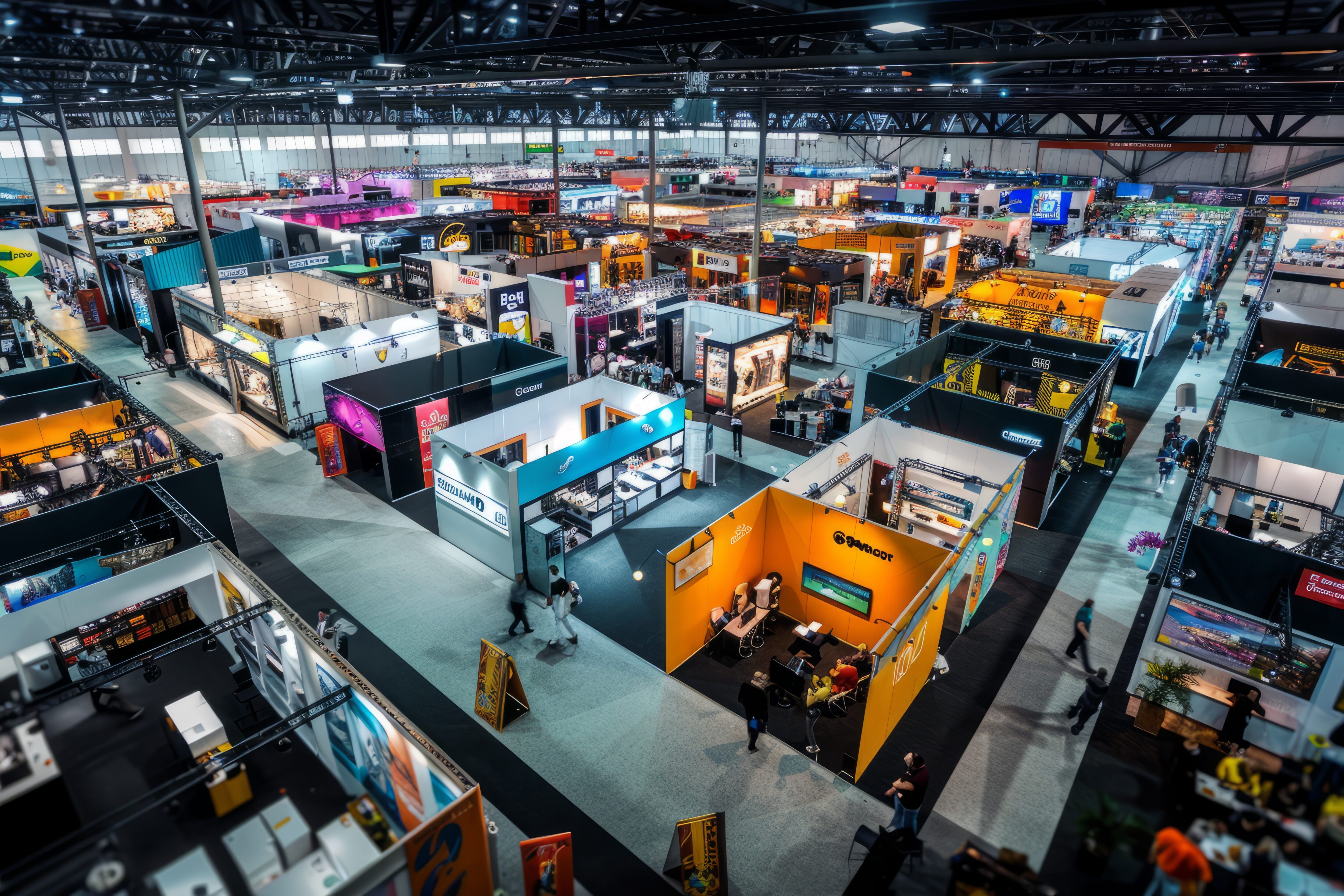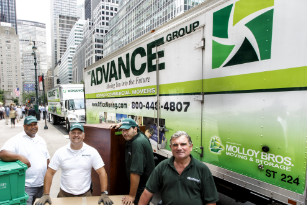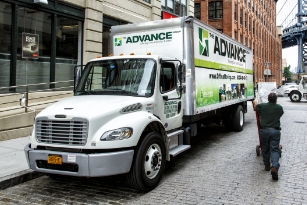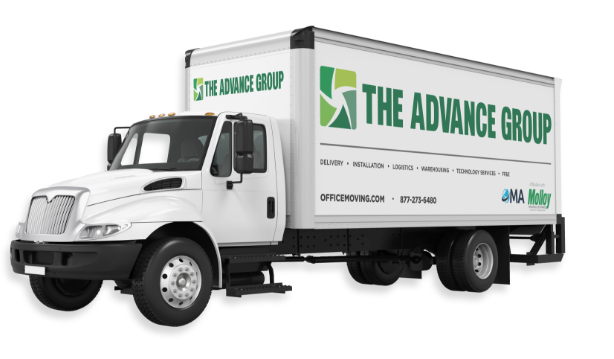Storing and Moving Large Tradeshow Exhibits

Organizers and businesses rely more and more on trade exhibitions to present their goods and services, so exhibit storage and transportation logistics are essential. Proper handling is crucial not only for the preservation of the exhibit materials but also for ensuring a smooth and organized presentation at each trade show. You can take steps on your own, or you can engage a professional mover specializing in tradeshow logistics. Here is what is involved:
Storing Your Tradeshow Exhibit
Maintaining the quality and durability of your tradeshow exhibit depends critically on proper storage. Here are several vital points to consider:
1. Disassemble Carefully
Begin by carefully disassembling all parts of the exhibit. Take photographs before and during disassembly to help with reassembly later. Label all components clearly and keep a detailed inventory list to avoid losing pieces.
2. Use High-Quality Storage Materials
Invest in high-quality storage containers, such as custom-crating, plastic bins, or specialized boxes with padding. These containers should protect your materials from dust, moisture, and other damaging elements. Use bubble wrap, foam inserts, and other protective materials to cushion fragile items.
3. Climate-Controlled Storage
Store your exhibit materials in a climate-controlled environment to prevent damage caused by extreme temperatures and humidity. Steer clear of exposed commercial bays and outdoor storage units as they are more prone to temperature fluctuations.
4. Organize Systematically
Systematically organize the stored components. Label each box clearly and keep related components together. A well-organized storage system will save time and reduce stress when preparing for the next trade show.
Moving Your Tradeshow Exhibit
Moving your tradeshow exhibit requires careful planning and execution to ensure all materials arrive safely and on time. Here are some tips for a successful move:
1. Plan Ahead
Start planning for the transport well in advance. Create a thorough schedule and check list to guarantee that everything is finished on time. Account for any special shipping requirements and deadlines for trade show setup. Also, consider your tradeshow schedule. It may be more efficient to send your exhibit from one show directly to the next rather than returning it to the storage location.
2. Use Proper Packing Techniques
Correctly packing your exhibit materials is crucial. Secure all items with sturdy crates, boxes, packing tape, and protective material. To prevent damage during transit, place heavier items in the bottom of the boxes and lighter ones on top. If possible, use original packaging for electronic components.
3. Label Everything
Clearly label all cartons and containers with their contents and destination location. This will facilitate easy identification and organization during setup and breakdown.
4. Secure Transit Insurance
Consider purchasing transit insurance to protect your exhibit materials against potential damage or loss during transit. This provides financial peace of mind and ensures you are covered in unforeseen circumstances.
Advantages of Professional Tradeshow Exhibit Movers
Hiring a moving and storage company will alleviate much of the burden on you and your staff. Experienced movers can handle every aspect of storing, shipping, setting up, and taking down the exhibit; a professional mover is essential for large exhibits. With the right mover, you can expect:
- All exhibit materials are properly crated and stored in a climate-controlled warehouse
- Their Inventory management systems track all exhibit items, ensuring they are available when needed.
- Provide the mover with your exhibit schedule and they will handle all the logistics.
- Professional movers will work with exhibit facilities and unions to ensure you are set up correctly and follow all location policies and local rules.
- When the exhibit is over, the professional mover will take it down, crate it, and transport it to the following location or storage.
When working with a professional mover, your responsibility is to provide your exhibit schedule, location contacts, and expectations. The mover will handle the logistics and communication with the appropriate parties. The mover’s project manager will ensure you are fully aware of the status of the exhibit and handle any issues that may arise.
Exhibit Services
It is critical to create a memorable first impression. Whether your display is a large 100×100 booth or a small 10×10 pop-up, The Advance Group can help ensure that it makes a lasting impression. We promise flawless packing, smooth delivery, and careful assembly of all your equipment, furniture, and exhibits. Contact us today to get started!








